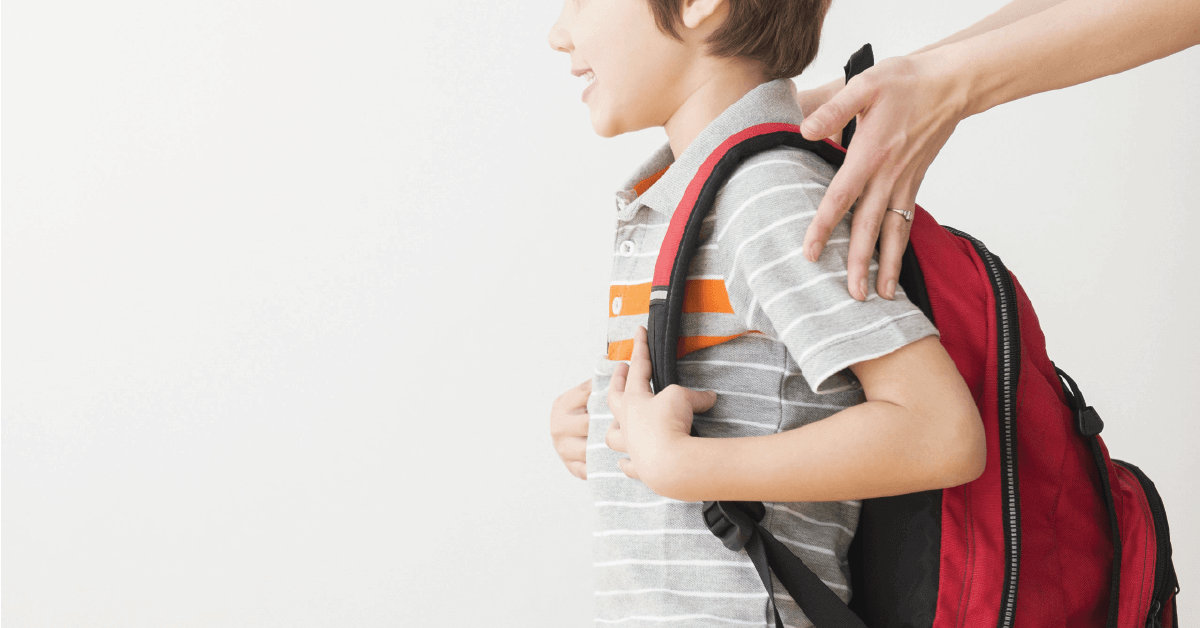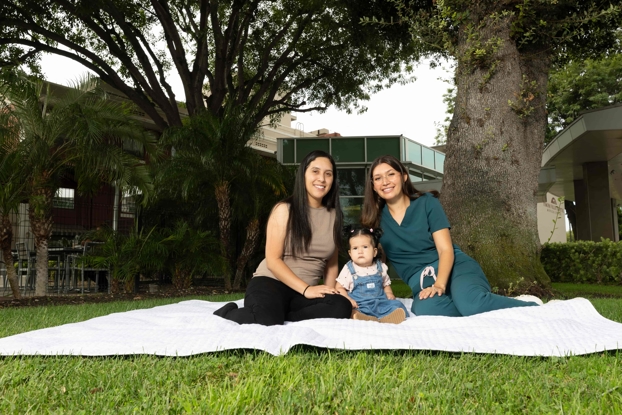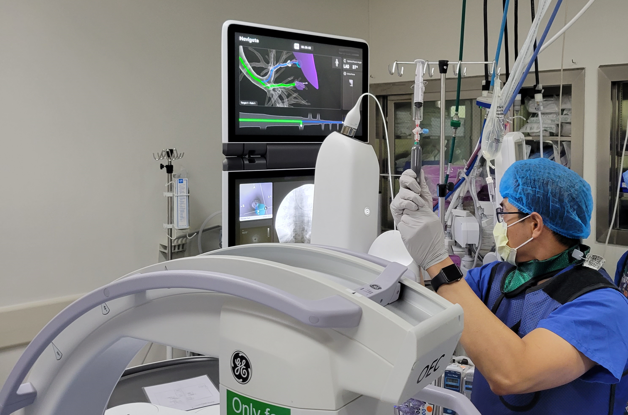The ABCs and 123s of Backpack Safety
- Category: Blog
- Posted On:
- Written By: PVHMC - Admin

Wearing a backpack safely is easy! Under the recommendation of the American Physical Therapy Association (APTA) and Pomona Valley Hospital Medical Center’s (PVHMC) Rehabilitation Services team, children—or anyone—should follow these simple tips when wearing a backpack:
1. Wear both straps.
Use of one strap causes one side of the body to bear the weight of the backpack. By wearing two shoulder straps, the weight of the backpack is better distributed across the shoulders.
2. Wear the backpack over the strongest mid-back muscles.
Pay close attention to the way the backpack is positioned on the back. It should rest evenly in the middle of the back. Shoulder straps should be adjusted to allow the child to put on and take off the backpack without difficulty and allow free movement of the arms. Straps should not be too loose, and the backpack should not extend below the low back.
3. Lighten the load
Keep the load at 10-15% or less of the child's body weight. Carry only those items that are required for the day or find a new lightweight backpack. Organize the contents of the backpack by placing the heaviest items closest to the back. Some students have two sets of books so as not to have to carry the heavy books to and from school. A backpack with wheels can also help if the child has to carry greater than 15% of their body weight.
What about backpacks with wheels?
“Some children may prefer a backpack with wheels, however, this can present other problems such as getting them up and down stairs or trying to fit them into cramped locker spaces,” says Sandy Kraemer, PT, Specialty Program Coordination of PVHMC’s Physical Therapy and Rehabilitation Services Department. “If you choose a backpack with wheels, make sure that the handle is long enough so that the child does not have to twist or bend, and that the wheels are large and sturdy enough so that the backpack does not shake or topple over. Also make sure to consider the weight of the wheeled backpack as it will be heavier than a standard canvas backpack.”
How a Physical Therapist Can Help:
A physical therapist can help improve posture problems, correct muscle imbalances, and treat pain that can result from improper backpack use. Physical therapists can also design individualized fitness programs to help children get strong and stay strong—and carry their own loads!
*Source: https://www.choosept.com/resources/detail/backpack-safety



